Double-Sided Citrine Pendant (2009)
Sterling silver, fine silver, citrine
L 3.0 cm x W 1.3 cm
Constructed, woven
I bought this wonderful citrine at the Toronto Gem & Mineral Show many years ago. I think I bought it when Thumper was still a baby. Part of the reason I’ve never used it is that despite how beautifully cut it is – double sided cushion cut – I didn’t really know how I wanted to set it.
This week, while giving myself a break from the never ending viking knit project, I decided to go digging in my stash and found this beauty again. I decided to try setting it to show off both sides of the stone. I’ve discovered that I’ve developed a serious dislike of wrapping with half round wire. At least, I dislike the 21 ga half round I have. It’s just too thick for what I want to do. So, to make a thinner setting, I use 28 ga fine silver. It’s fiddly to work with, but it allows the stone to take centre stage instead of being overwhelmed by the wire. Both sides are worked almost identical. The bezel is basically two pieces of square wire woven with 28 ga wire. The channel created in the centre of the weaving holds the girdle of the stone. The 2 mm beads act like prongs to hold the stone in the setting. It’s visually similar to the pendant I made in Week 4. I like the way it turned out.
I’m making progress on the viking knit piece – it’s now 3 1/2″ long, but I’m starting to doubt that I will have it finished in time for entry to the competition. *sigh* I’ll keep plugging away at it, because it’s really starting to take shape. At the same time though I need to work on production pieces, hence the citrine pendant.
More photos:

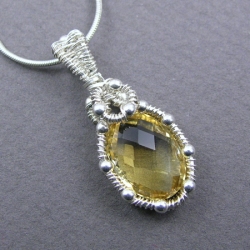
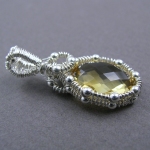
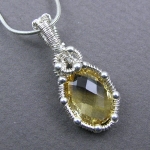
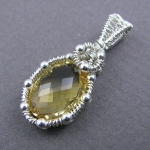
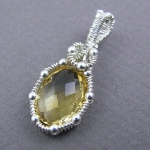
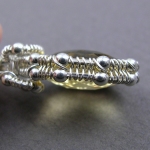

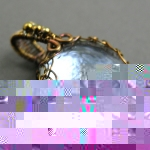
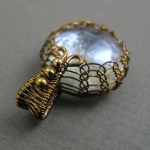
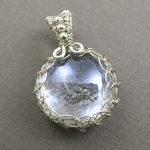
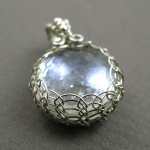
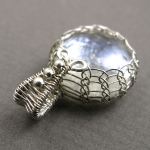
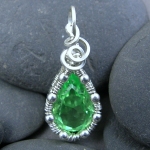
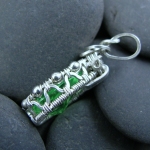
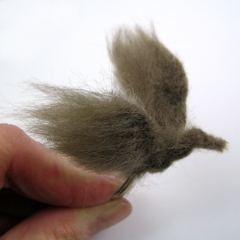
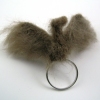
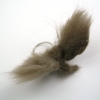
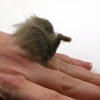
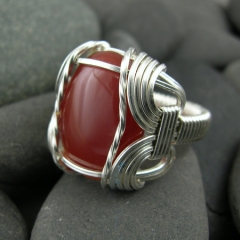
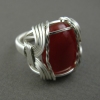
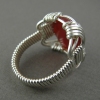
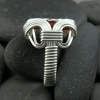
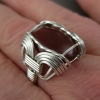
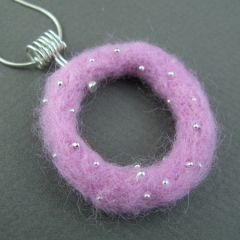








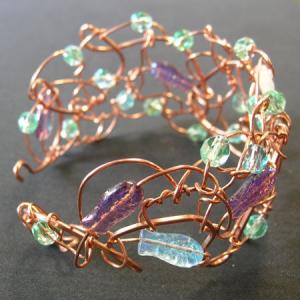

 Custom & bespoke designer #diannekargbaron #wearjewelryyoulove #wsstudiotour
Custom & bespoke designer #diannekargbaron #wearjewelryyoulove #wsstudiotour







